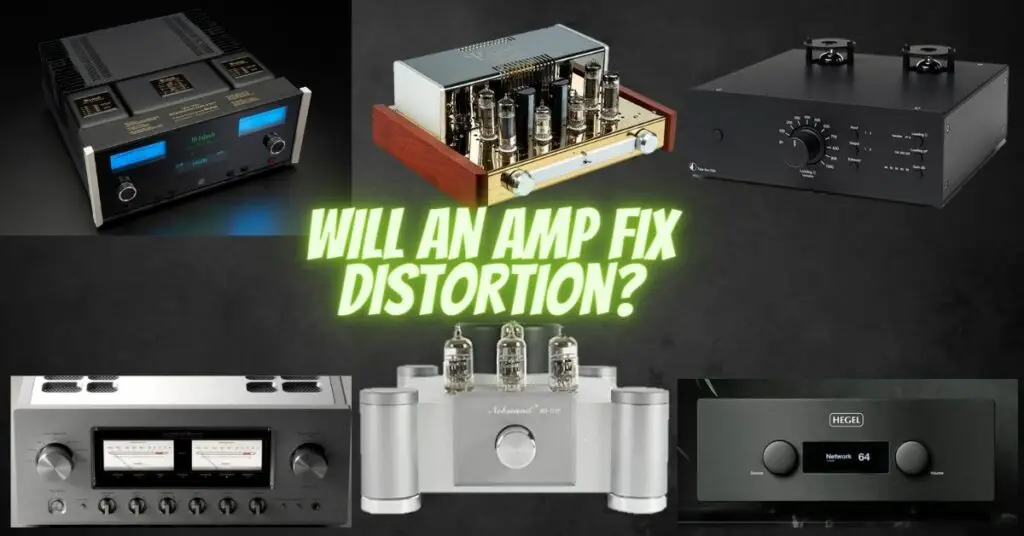Guitar distortion is an integral part of rock and various other music genres. However, sometimes unwanted distortion or noise can occur when playing an electric guitar, and musicians often wonder if an amplifier can fix or control such issues. In this article, we’ll explore the relationship between an amplifier and distortion, what an amp can and cannot fix, and how to manage distortion effectively.
Understanding Guitar Distortion
Distortion in guitar playing can be intentional or unintentional. Intentional distortion is a crucial part of rock and metal music, created by overdriving the amplifier, using distortion pedals, or playing with high-gain settings. Unintentional distortion, on the other hand, can result from various factors, including:
1. Overloading the Input: Playing too loudly or with a hot guitar signal can lead to unwanted distortion, often referred to as “clipping.”
2. Electronic Issues: Faulty cables, poor soldering, or malfunctioning pickups can introduce unwanted noise and distortion.
3. Room Acoustics: Poor room acoustics or reflections can cause phase cancellation and affect your guitar’s tone.
Can an Amplifier Fix Distortion?
An amplifier can both create and control distortion, depending on how it’s used and the nature of the distortion. Here are some key points to consider:
1. Creating Controlled Distortion: Guitar amplifiers are often designed to provide controlled, harmonically rich distortion when pushed to their limits. This type of distortion can be shaped and manipulated using the amplifier’s gain, tone controls, and volume settings. In this context, the amplifier is essential for achieving desired distortion tones.
2. Controlling Unwanted Distortion: If you’re experiencing unwanted distortion, particularly from electronic issues like bad cables or a malfunctioning input jack, an amplifier may not be the solution. In such cases, the distortion issue should be addressed at the source, such as replacing faulty components or improving cable connections.
3. Room Acoustics and Feedback: Room acoustics and feedback issues, while related to amplification, may not be directly fixed by changing the amplifier. Proper placement of the amplifier and addressing room acoustics (using sound treatment materials, for instance) can help mitigate these problems.
Managing Distortion Effectively
To effectively manage distortion issues:
1. Check Your Gear: Ensure that your guitar, cables, and pedals are in good working condition. Sometimes, seemingly mysterious distortion can be traced back to faulty equipment.
2. Optimize Your Amplifier Settings: Experiment with your amplifier’s gain, tone controls, and volume settings to shape the distortion to your liking. If your amp provides an effects loop, use it to integrate pedals and achieve the desired sound.
3. Use Distortion Pedals: Distortion and overdrive pedals are powerful tools for shaping your guitar’s sound. They can add controlled distortion and allow you to fine-tune your tone.
4. Consider Soundproofing: Address room acoustics issues by adding sound treatment materials like acoustic panels and bass traps to reduce unwanted reflections and phase cancellation.
Conclusion
An amplifier can be a valuable tool for creating and controlling desirable distortion in your guitar sound. However, when it comes to unwanted distortion caused by issues such as faulty cables, electronics, or room acoustics, the amplifier may not be the solution. To manage distortion effectively, you should address the root causes of the problem, whether it’s replacing or repairing equipment, optimizing settings, or improving your playing environment. By understanding the nature of distortion and its sources, you can achieve the desired guitar sound while minimizing undesirable noise and distortion.


